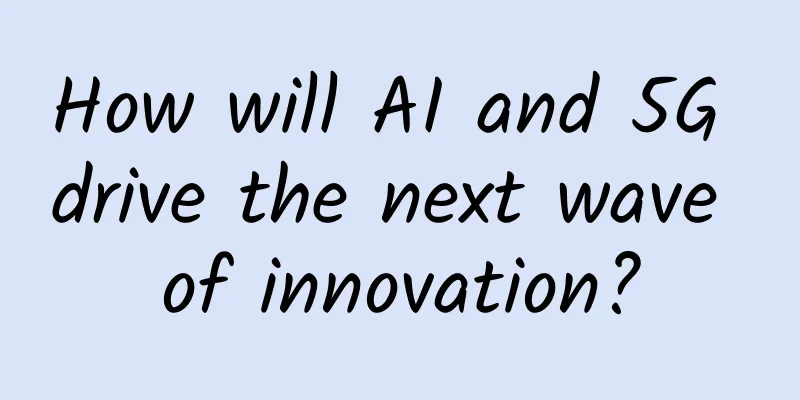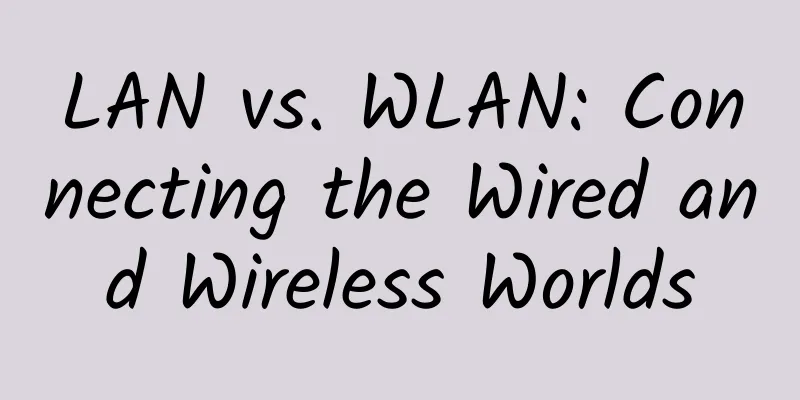How will AI and 5G drive the next wave of innovation?

|
Artificial intelligence (AI) continues to permeate every area of society and deliver new and improved experiences. It is fair to say that AI will transform every industry across the country in the next decade. 5G, not just another G, is the catalyst for this major shift. Unlike previous wireless technologies, AI-powered 5G networks were born in the cloud era and will accelerate the Fourth Industrial Revolution, creating unprecedented business opportunities. 5G networks connect data centers and smart devices based on the cost, latency, rate, and power requirements of applications. The combined power of these disruptive technologies (AI and 5G) enables cost-effective intelligent networks and Internet of Things (IoT) devices to connect quickly, securely, and ubiquitously. This convergence point is critical to concepts such as the Intelligent Wireless Edge. AI and 5G, the connected digital edgeAI and 5G are two of the most critical elements driving future innovation. These cutting-edge technologies are synergistic in nature. The rapid development of AI has significantly improved the entire 5G ecosystem, its performance, and efficiency. Moreover, the proliferation of 5G-connected devices has helped drive unparalleled intelligence and new improvements in AI-based learning and reasoning. Moreover, as on-device intelligence has gained phenomenal traction, the transformation to the connected intelligent edge has already begun. This transformation is essential to fully tap into the potential of 5G’s future. Given these prospects, these technologies have enough potential to transform every industry. Here’s how the combination of AI and 5G is reshaping industries. Conversational AI and natural language processing enable future servicesConversational AI, i.e. chatbots, voice assistants, and other messaging applications, supports multiple industries by fully automating customer service and ensuring 24/7 support. Conversational AI/chatbots have been improving over time and introducing new methods of human communication through facial expressions and contextual awareness. Helping solve complex wireless challengesAs the world continues to push the boundaries of wireless connectivity, new issues may emerge as challenges to solve. Artificial intelligence and 5G offer potential solutions to these challenges with new levels of performance and efficiency. In addition, on-device AI benefits the entire 5G system through radio sensing, which can support enhanced system performance, including improved spectrum utilization and reduced interference. 5G ensures better radio security, protection against malicious attacks, and improved detection. It also ensures enhanced device experiences such as power management and intelligent beamforming. Facilitating urban planning and traffic managementVisual inspection software driven by artificial intelligence monitors every moving and non-moving element to safeguard every aspect of city operations. This includes ensuring safety, traffic, drainage and space management throughout the city through interconnected devices and servers. This level of progress is only possible with the help of 5G technology. 5G technology enables cities to operate intelligently in a busy environment where thousands of people and things interact with each other. 5G also helps generate massive amounts of data to support decision makers in upgrading urban management. Allowing edge computing to extend realityCables don’t limit augmented reality (AR) and virtual reality (VR). But advanced wireless technologies like 5G can enable real-time design changes in augmented reality and allow for virtual presence anywhere through virtual reality. Vehicle defect detectionAutomakers can identify and analyze vehicle defects and thoroughly check for quality issues on assembly lines. Visual inspection software, such as cameras, monitor automated vehicle assembly and allow the automotive industry to do this successfully with the support of deep learning algorithms. Increase speed and integration with other technologies5G, as an advanced technology, significantly improves the speed and accuracy of other technologies. At the same time, artificial intelligence enables machines and systems to operate as intelligently as humans. For easy understanding, 5G accelerates cloud services, while AI quickly analyzes and learns from the same data. SummarizeAI and 5G are leading the way in the following revolutionary technologies. As mentioned above, when industries combine and leverage AI and 5GI, they can unleash unparalleled productivity and efficiency. While the unified power of these technologies has not yet fully arrived, the vast prospects of 5G deployment on a large scale are not far away. |
<<: What is the difference between unmanaged and managed industrial network switches?
Recommend
How to find the IP address of the router to improve work efficiency
How to find the IP address of a router is an esse...
HostSolutions: OpenVZ is about to end, free upgrade to KVM
I received an email from HostSolutions that they ...
Lenovo Debuts at Microsoft IoT Conference, Driving Business Intelligence Innovation with Smart IoT Devices
On December 3, the highly anticipated 2019 Micros...
How wireless technology will improve connectivity, efficiency and consumer experience in 2024
In 2024, wireless technology is expected to bring...
Accelerate the construction of new infrastructure projects such as 5G and integrated data centers
Since the beginning of this year, the COVID-19 pa...
[New Year's Day] RackNerd: $11.49/year-1GB/21G SSD/1.5TB@1Gpbs/San Jose & Los Angeles & Seattle data centers
RackNerd recently launched the New Year 2024 spec...
What can operators do to ensure that fee reductions are real and consumers understand clearly?
This year, speed increase and fee reduction have ...
AkkoCloud: US/UK/Germany CN2 GIA line VPS quarterly payment starting from 99 yuan, 500M large bandwidth
AkkoCloud is a Chinese hosting company founded in...
4G networks are getting slower and slower? This may be true, but there is absolutely no conspiracy!
[[344211]] This article is reprinted from the WeC...
CloudCone: $10.99/year KVM-512MB/20GB/2TB/Los Angeles data center
CloudCone has re-launched the Hashtag 2023 series...
Network Automation Market to Surge Over the Next Decade
According to the latest forecast from Future Mark...
Discussion on 5G network construction plan
Labs Summary This paper proposes a 5G network arc...
6G research should be prepared for a rainy day
Since 5G is still in the development and deployme...
More than 1,100 projects! These fields are being quietly changed by 5G
The number of terminal connections exceeds 180 mi...









